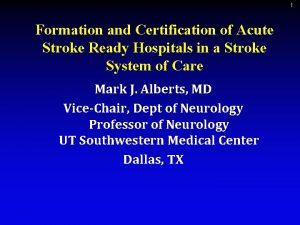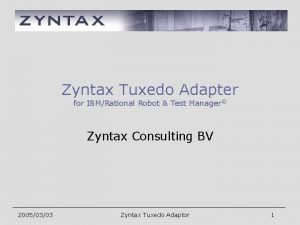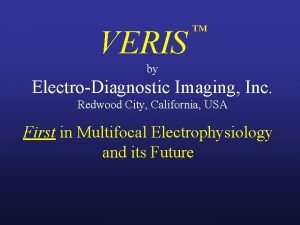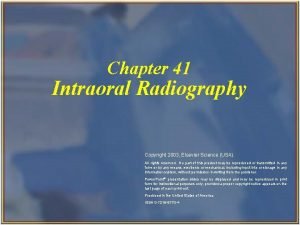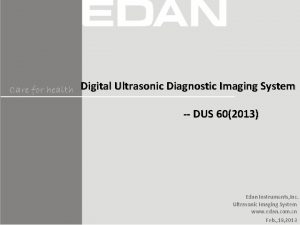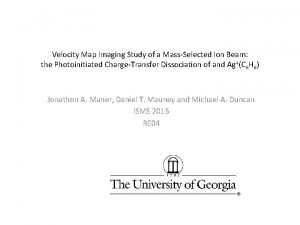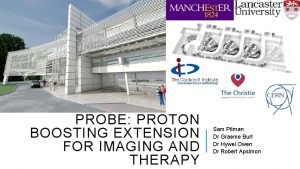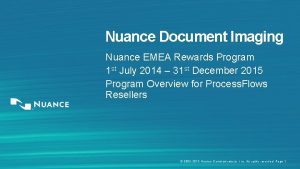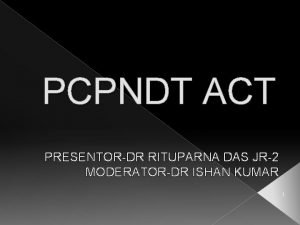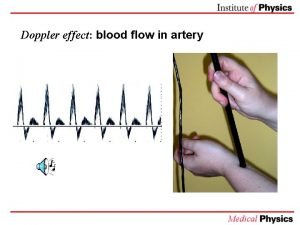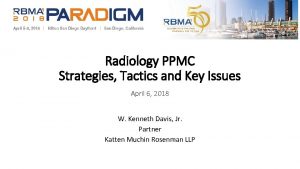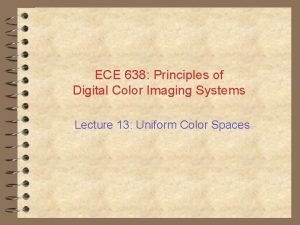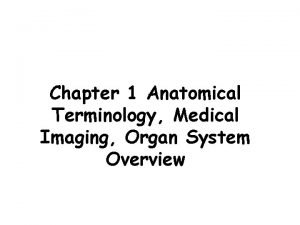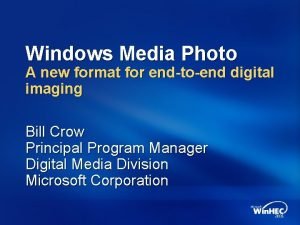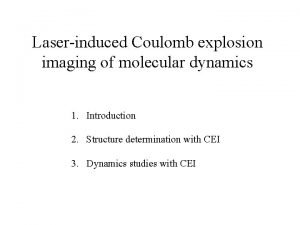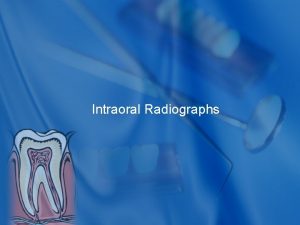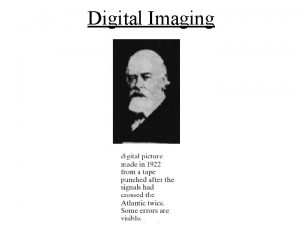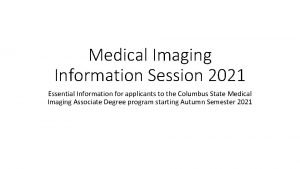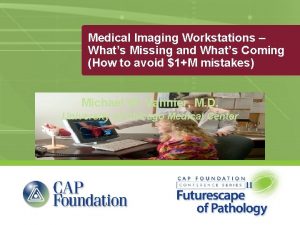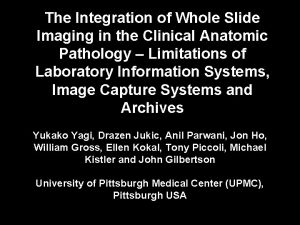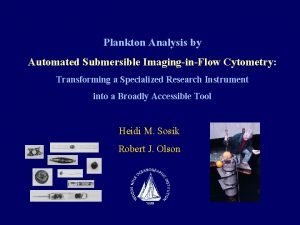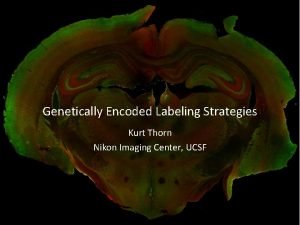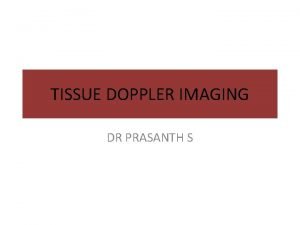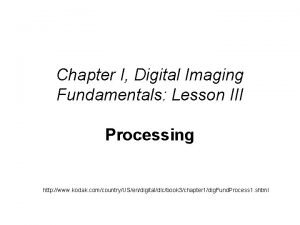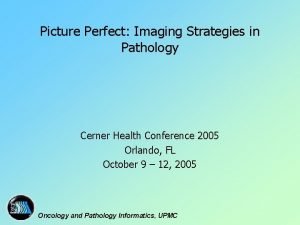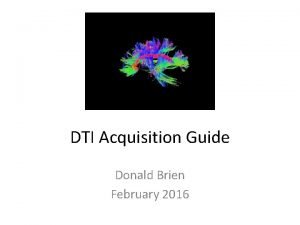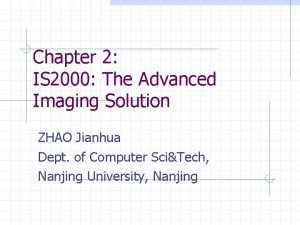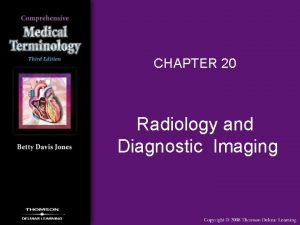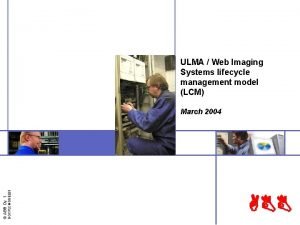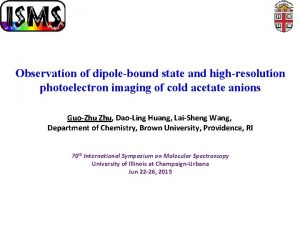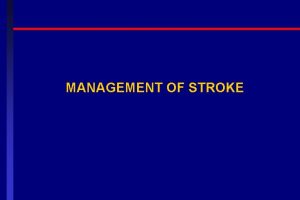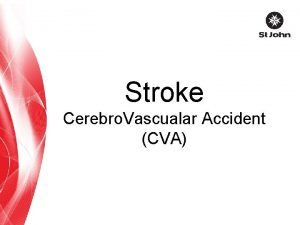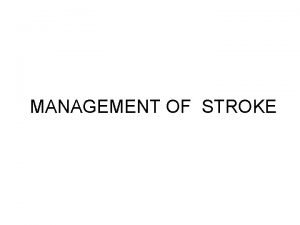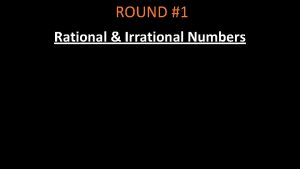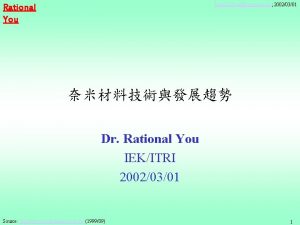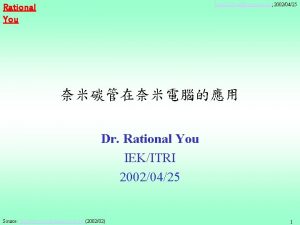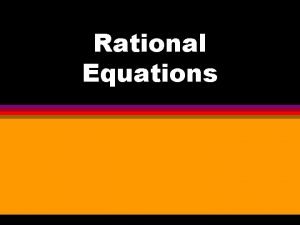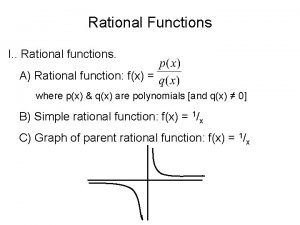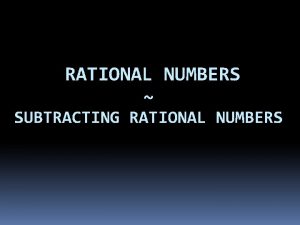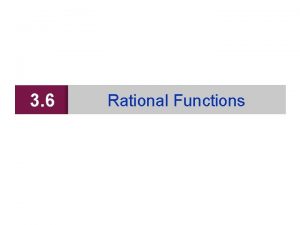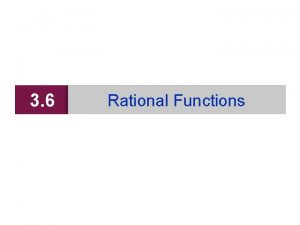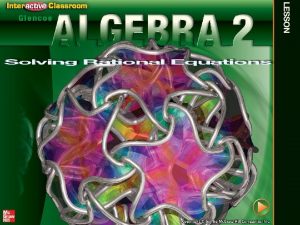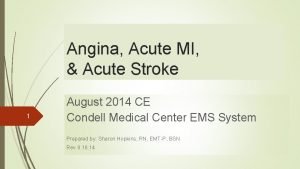Imaging in Stroke A Rational Approach to acute
















































- Slides: 48

Imaging in Stroke A Rational Approach to acute imaging Dr. T. Ivor Waldron Consultant Radiologist

CT ● ● ● ● ● Mainstay of acute imaging Infarct v Haemorrhage Door to needle time 24 hr post thrombolysis Stroke mimics Carotid atheroma TIA ? Trauma Complications of infarction May facilitate clot retrieval

NCCT ● Loss of grey-white matter ● Insular ribbon loss ● Dense vessel sign ● Oedema ● Haemorrhagic transformation

Non-contrast CT technique

Loss of Grey-white

Loss of Grey-white Insular ribbon sign

Dense MCA

Dense Basilar

Oedema and Mass Effect

Negative mass effect - Gliosis

Not all gliosis is infarct

Contrast enhancement in infarct

Cortical Laminar Necrosis Not haemorrhage! Not Calcification!

Cortical Laminar Necrosis • Ischaemic / anoxic damage • Pan necrosis of neurones and glial cells • Visible 2 weeks – 3 months, can last up to a year. • Hi T 1 • Enhances • DWI restricts • Denatured proteins NOT blood

Veins

Sinus thrombosis

Wilhelm Roentgen 08 / 10 / 1895

Other things

MRI ● ● ● ● Problem solving Greater stroke sensitivity Confirm suspected stroke in normal CT Tumour v Infarct Vasculitis or vascular anomalies Encephalitis Reversible vasoconstrictor syndromes Metabolic or poisoning Amyloid angiopathy Structural causes of seizures Perfusion imaging; ischaemic penumbra Brainstem etc

Standard Stroke MRI ● ● ● PD T 2 ax T 1 ax/cor FLAIR DWI SWI/GRE

Diffusion Weighted Imaging ● Random movement of water molecules ● Injured cells swell – cytotoxic oedema - water rushes in – free diffusion is restricted ● High signal on DWI b-1000 images ● ADC Map – Apparent Diffusion Coefficient Corresponding mapped low signal on ADC Not everything that restricts is stroke ● ● (Actually signal loss)

MRI Stroke

Not everything that restricts is stroke ● ● ● ● Seizures Encephalitis Low grade gliomas Metabolic (Hypoglycaemia) Abscess CJD Lymphoma Certain mets (mucinous adenoca)

Encephalitis

Abscess

CNS Lymphoma

Angiopathy β-Amyloid ● Elderly (sporadic) ● Cortical, subcortical and leptomeningeal vessel deposition, adventitia + media, fibrinoid necrosis →microaneurysms / leakage ● Same Amyloid as Alzheimer’s ● ↑ Incidence and severity with ↑ age: 33% 75% Asymptomatic Transient Events Cognitive decline Significant haemorrhage ● ● 60 -70 yrs > 90 yrs

Radiological Hallmarks ● Cortical or subcortical micro haemorrhages ● Susceptibility artefact on MR ( Dark Blobs) ● Usually spares cerebellum ● Bigger bleeds usually peripheral supratentorial (frontal and parietal most commonly) ● Evidence of microbleeds in conjunction with macrobleed

Amyloid Angiopathy

Treatment ● None ● Jury is out on antiplatelet use

First ever CT scan demonstrating a frontal tumour. Atkinson Morley’s hospital London October 1 st 1971

Carotid doppler US ● ● ● Bifurcation Atheroma examination Degree of ICA stenosis (operator dependent) Velocity Measurements (less reliable in irregular heartbeats) St Mary’s ratio (ICA psv/CCA edv) and Peak Systolic Velocity Ratio (PSV ICA : PSV CCA) >50% stenosis - endarterectomy Stroke + Stenosis >>>> ↑↑Risk (10%) of disabling reinfarction within 1 month and 1 year

Angiography CTA / MRA

Carotid Angiography Indications Transient Ischaemic Attack with abnormal dopplers Crescendo TIA +/- doppler findings Acute infarction Recurrent episodes of LOC unexplained by cardiac tests Intracranial bleeding has nothing to do with the neck vessels(!) Acute dissection. Atheroma: Degree of stenosis Carotid endarterectomy Carotid stenting Medical Therapy ● ● ●

CTA Technique ● ● ● Test bolus Time to peak graph Add 2 -4 secs Trigger Remove any inbuilt delays Heart-to-brain time matching Arch and circle, Circle and whole head Whole Feckin lot Send to 3 D server Thin Slices!

CT Angiography

Carotid Endarterectomy ● Atherectomy

Carotid Stenting

MRA ● Contrast Enhanced ● Time Of Flight ● Contrast gives “bright blood” images ● Fat Sat T 1 to show dissection mural thrombus – very sensitive ● Time of flight (TOF MRA) signal from moving blood – prone to artefacts - tricky to interpret ● Other techniques in development

Atheroma + Vessel Dissection

Dissection MRA

Dissection CTA

Intracerebral Angiography Indications ● ● Primary intracranial haemorrhage - parenchymal - subarachnoid Seizures – suspected AVM Perfusion imaging Anatomy for intervention Aneurysm screening ● ● ? ? ? Pale Optic discs ? ? ? Retinal blood vessels ● ● ●

Subarachnoid haemorrhage

Intracranial aneurysms ● ● ● Saccular aneurysms The most common sites of intracranial saccular aneurysms. Saccular aneurysms are almost always the result of hereditary weakness in blood vessels and typically occur within the arteries of the Circle of Willis in order of frequency affecting the following arteries: ● ● ● Anterior communicating artery Posterior communicating artery Middle cerebral artery Internal carotid artery Tip of basilar artery ● Saccular aneurysms tend to have a lack of tunica media and elastic lamina around its dilated location (congenital), with wall of sac made up of thickened hyalinized intima and adventitia. ] In addition, some parts of the brain vasculature are inherently weak— particularly areas along the Circle of Willis, where small communicating vessels link the main cerebral vessels. These areas are particularly susceptible to saccular aneurysms. Approximately 25% of patients have multiple aneurysms, predominantly when there is familial pattern

Endovascular Coiling

Aneurysm Clipping

 Frc control system
Frc control system Anterior stroke vs posterior stroke
Anterior stroke vs posterior stroke Acute ischemic stroke algorithm
Acute ischemic stroke algorithm Acute stroke ready certification
Acute stroke ready certification Apa itu tuxedo
Apa itu tuxedo How to solve rational equations and inequalities
How to solve rational equations and inequalities Humanistic-aesthetic approach
Humanistic-aesthetic approach Theoretical models of counseling
Theoretical models of counseling Approach meaning in research
Approach meaning in research Waterfall approach vs shower approach
Waterfall approach vs shower approach Traditional approach of development
Traditional approach of development Multiple approach-avoidance conflict
Multiple approach-avoidance conflict Deep learning approach and surface learning approach
Deep learning approach and surface learning approach Virtual circuit vs datagram
Virtual circuit vs datagram Bandura's reciprocal determinism
Bandura's reciprocal determinism Prestage enrollment
Prestage enrollment Imaging near redwood city
Imaging near redwood city Optical imaging
Optical imaging Too little vertical angulation results in images that are
Too little vertical angulation results in images that are Digital ultrasonic diagnostic imaging system
Digital ultrasonic diagnostic imaging system Velocity map imaging
Velocity map imaging Prompt gamma imaging
Prompt gamma imaging Salt of concave mirrors
Salt of concave mirrors Nuance emea
Nuance emea Ishan imaging centre
Ishan imaging centre Ultrasound imaging
Ultrasound imaging Ppmc diagnostic imaging
Ppmc diagnostic imaging Digital color imaging
Digital color imaging Right arm medical term
Right arm medical term Windows imaging component
Windows imaging component Coulomb explosion
Coulomb explosion Montchouk
Montchouk Chapter 39 digital imaging film and radiographs
Chapter 39 digital imaging film and radiographs Digital image definition
Digital image definition Imaging biomedico
Imaging biomedico Do reptiles show up on thermal imaging
Do reptiles show up on thermal imaging Ohiohealth berger hospital mammography circleville
Ohiohealth berger hospital mammography circleville Medical imaging workstations
Medical imaging workstations Whole slide imaging
Whole slide imaging Cytopeia
Cytopeia Ucsf nikon imaging center
Ucsf nikon imaging center Tissue doppler imaging
Tissue doppler imaging Fundamentals of digital imaging
Fundamentals of digital imaging Picture perfect imaging
Picture perfect imaging Echo planar imaging
Echo planar imaging Is2000 the advanced imaging solution
Is2000 the advanced imaging solution Rah diagnostic imaging
Rah diagnostic imaging Imaging lifecycle services
Imaging lifecycle services Velocity map imaging
Velocity map imaging



